There's no denying that starting an ecommerce business is hard work. There are many decisions to be made, and multiple aspects you need to plan and strategize-from choosing a business model and products, to registering your company, creating a well-thought-out exchange and returns policy and more.
To help, we've put together a comprehensive guide to getting started. We'll run through the essentials, starting with the main types of ecommerce business models you should consider.
Introduction
There’s no denying that starting an ecommerce business is hard work. There are many decisions to be made, and multiple aspects you need to plan and strategize—from choosing a business model and products, to registering your company, creating a well-thought-out exchange and returns policy and more.
To help, we’ve put together a comprehensive guide to getting started. We’ll run through the essentials, starting with the main types of ecommerce business models you should consider.
Ecommerce business models
There are four categories your ecommerce business could fall under: business-to-business (B2B), business-to-consumer (B2C), consumer-to-consumer (C2C) or consumer-to-business (C2B).
Once you’ve decided on a category, you’ll need to consider how you want to manage your inventory and sourcing of products. The different types of ecommerce business models include:
1. Private label:
Private label products are manufactured by one company (such as a third party manufacturer) for sale under another company’s brand. Examples of private label products can range from yoga accessories to cosmetics, essential oils and kitchenware.
This can be the right business model for you if you have innovative product ideas, but have limited resources or a lack of capacity to manufacture the products on your own.
2. White label:
White label products are manufactured by one company, and rebranded and sold by another company. This is common for generic products or solutions in the electronics, beauty, fashion and software sectors.
Private labelling VS white labelling
While the terms 'private label' and 'white label' are sometimes used interchangeably, there's a difference between these two business models.
With private labelling, you're able to customise every aspect of the product product, such as changing the design, ingredients, parts and packaging. The product is manufactured specifically for your brand.
On the other hand, white label products are manufactured for multiple ecommerce sellers. You won't be able to modify the product, but you can rebrand it and change the packaging.
3. Dropshipping:
Dropshipping is a retail fulfillment model that enables a company to market and sell products online without stocking inventory. Orders and shipment details are transferred to a manufacturer, wholesaler or another retailer, who is responsible for shipping the product to the consumer.
4. Wholesaling:
Wholesaling refers to the sale of goods in bulk to other businesses or the general public. It is a business model that requires significant investment at the start, in order to manage inventory, customer orders and shipment, as well as to obtain warehouse space.
5. Subscription:
With a subscription model, a company provides products or services on a regular basis, and receives regular payments from its customers. Examples of popular subscription ecommerce businesses include Huel, Curateur and Freshly Picked.
6. Print-on-demand:
The print-on-demand model is similar to dropshipping, in that the products are only printed after an order is placed. Inventory, along with all elements of the post-sale process—such printing, shipping and billing—are managed by the supplier.
Examples of print-on-demand products include t-shirts, bags, stationery, mugs and home accessories.
Identify your niche
Once you’ve decided on a business model, it’s time to settle on a niche. This refers to a narrow and distinct segment within the market.
By narrowing your focus, you’ll be able to identify opportunities or areas that have been neglected by other companies, which increases your likelihood of building a successful business.
Gauge consumer interest:
The last thing you’d want to do is to build your ecommerce business around a stagnant or declining category. Doing research using keyword tools like Ubersuggest or Google Keyword Planner can help you gauge consumer interests and gain insights into whether a product or sector is trending upwards, downwards or hitting a plateau.
Identify market trends:
In addition keyword analysis, you can utilise other applications such as Google Trends to perform market research. Engaging in social media monitoring—the process of tracking social media channels for relevant information—is another way for you to stay on top of conversations and trends relating to your business or product idea.
Competitive research:
Competitive research is essential to creating a good business plan. You’ll need to identify competitors in your potential niche, and gather the following information about these businesses:
- How long have they been in business?
- Are they selling just a single product or multiple products?
- Who is their target audience?
- What is their sales strategy, and which digital channels do they utilise?
- Do they have a large social media following, and what is their level of engagement or interaction like?
- What is their traffic and backlink profile like?
Validate your product idea
There are various experiments you can run to validate your product idea.
It doesn’t require much initial investment, and can be as simple as creating a landing page to collect customer contact information and gauge their level of interest. Running a survey project can be a great way to obtain feedback from potential customers and identify consumer trends.
Crowdfunding campaigns are an increasingly popular option entrepreneurs take to validate product ideas—although this tends to be effective if you plan to sell unique or innovative products, and reselling existing products in the market.
Register your ecommerce business
Choose a business structure
As an ecommerce business owner, you have the option of choosing between several types of business entities. These include sole trader, limited company, partnership or limited liability partnership.
We’ll explain the two common business structures—sole trader and limited company—for ecommerce businesses below, and run through the main benefits and downsides each legal structure presents.
Sole trader
A sole trader is a self-employed person who is also the exclusive owner of a business. The individual is entitled to all profits of your business after tax has been paid, and liable for all losses.
Benefits of setting up as a sole trader
- Full control and greater flexibility
- Ease of setting up
- Low set up costs
- Greater privacy
- Ownership of profit
- Fewer statutory requirements
- Easier to change your business structure down the road
Drawbacks of setting up as a sole trader
- Unlimited liability
- It can be tax inefficient
Limited company
A limited company is a type of incorporation that limits the amount of liability undertaken by the shareholders of a company.
There are two types of limited companies: private limited companies and public limited companies. Private limited companies aren’t able to offer shares to the general public, while public limited companies can raise capital by offering shares to the general public.
Benefits of setting up a limited company
- Potential tax advantages
- Limited liability
- Easier to obtain external funding
- Greater credibility
- Easy to transfer ownership
Drawbacks of setting up a limited company
- Additional filing and reporting requirements
- Reduced privacy
Setting up as a sole trader
To set up as a sole trader, you’ll have to take the following steps:
- Register as self-employed with HMRC: The online registration process is fairly straightforward—you’ll need to create a Government Gateway account, and provide HMRC with the necessary details. Once you’ve received your UTR number and activation code, you’re required to activate your account within 28 days of the stipulated date.
- Choose a business name: As a sole trader, you’re not required to register your business name. If you decide to create a business name, keep in mind to abide by HMRC’s guidelines for sole traders, and ensure that your name and business name are included on all official paperwork.
- Fulfil your sole trader responsibilities: Your responsibilities as a sole trader include keeping proper records of your income and expenses, submitting a Self Assessment tax return annually and paying income tax and NICs. Depending on your turnover, you may also need to register for VAT.
Setting up a limited company
To set up a limited company, you’ll have to take the following steps:
- Decide on the type of limited company you want to set up
- Choose a business name: Different rules apply for choosing a business name for a limited company. Make sure that you abide by HMRC’s guidelines.
- Choose how to set up your limited company: You may register directly through Companies House, or engage an accountant or company formation service to complete the process.
- Complete the company formation process: It typically takes 24 hours for Companies House to complete your application, so it should be ready to go the next working day.
- Open a business bank account
- Inform your stakeholders: You’ll have to inform your stakeholders—such as your customers, suppliers, bank, lenders and debtors—if you’re transitioning from a sole trader to a limited company structure. And depending on your current contract, you may have to do a review and transfer the contract to your new business entity.
- Get your VAT registration or transfer sorted out: Depending on your turnover, you may need to register for VAT. If you’re already VAT-registered and are transitioning to a limited company structure, you must inform HMRC within 30 days of the change.
- Set up your payroll: It’s important to note that you have to register as an employer with HMRC—even if you’re only employing yourself as the sole director of a limited company.
- Get your books sorted out: Limited company accounts can be complex compared to other business structures. Managing your tax returns, business expenses and keeping your business accounts up to date can be a lot to juggle—so you may benefit from engaging the services of a professional, such as getting a monthly accounting package.
Obtain the required business licence
In most instances, you won’t need to obtain a business licence to trade as an ecommerce seller in the UK—unless you’re selling restricted goods like alcohol.
In this case, you may need to apply for different types of licences, such as the personal licence and premises licence. You may also need to apply for licences you’re selling online to other countries in the EU or to the US.
Handling returns and exchanges
Best practices you can implement include:
Here are a couple of best practices you can implement:
Look at exchanges as opportunities for upselling or cross-selling:
A well-thought-out exchange policy encourages your customers to exchange their items (as opposed to opting for a return), and enables you to keep the sale or increase your order value.
Consider covering the cost of the exchange, as well as tailoring your exchange policy to the needs of your customer segment. And don’t forget to revise and adapt your policy depending on situational factors—such as extending your return window to accommodate shipping delays during the COVID-19 pandemic.
Protect your home address with a virtual business address:
A virtual office package is a great fit for all kinds of ecommerce businesses, and helps you keep the addresses of your home or other locations (such as a warehouse or storage space) private.
You can use it on your shipping and returns labels, in official business documents and on your website to lend credibility to your brand. You’ll also rest assured knowing that a staff will be present to receive and handle your mail and parcel returns.
Understanding VAT
What is VAT?
Simply put, it is a type of consumption tax added to the cost of most goods and services for both B2C and B2B markets.
You can learn more about VAT—including the three rates of VAT, how to register and more—in our guide on VAT registration, thresholds and schemes.
We've also published an additional VAT guide for ecommerce businesses. The article focuses on the post-Brexit UK VAT changes.
Do you need to register for VAT?
You must however register for VAT if:
- your VAT taxable turnover exceeds the current threshold of £85,000 (for a 12-month period ending in 2020/21). The VAT taxable turnover refers to the total value of everything that you sell that isn't exempt from VAT.
- you expect your VAT taxable turnover to exceed £85,000 in the next 30-day period
- your business had a taxable turnover exceeding £85,000 over the last 12 months
You need to register for VAT within 30 days of fulfilling any of these conditions.
What’s the difference between zero-rated and VAT exempt?
Bear in mind that zero-rated is not the same as exempt.
If an item is zero-rated, it is still VAT taxable, but the rate of VAT that you charge to customers is 0%. You’re still required to record these sales in your VAT accounts, and report them on your VAT return. Additionally, sales of zero-rated goods will count towards your VAT threshold.
You don’t have to record sales of exempt goods on your VAT return, and they don’t count towards your VAT threshold.
Is VAT payable on delivery fees?
According to HMRC, this will vary depending on the circumstances in which the goods are supplied.
If you impose a delivery fee, VAT will apply on the charges at a similar rate. This means that there will be a 20% VAT on delivery for goods that are standard-rated. If you offer delivery free of charge, then VAT will not apply as it is accounted for on the value of the goods.
Launching your ecommerce business
Now that you’ve gotten your ducks in a row, it’s time for the next step—launching your ecommerce business.
But should you launch your own website, get started on a marketplace or adopt a multi-channel approach?
It can be a daunting decision to make. To help, we’ll run through the benefits and drawbacks that each option presents, and share a list of platforms, marketplaces and tools you can use to get started.
Selling on your own website
Benefits:
- Increase consumer loyalty and marketing opportunities: With your own website, you’ll be able to create a variety of consumer touchpoints to build brand loyalty and generate repeat business. For instance, you can direct site visitors to your social media pages, get them to subscribe to your newsletter or offer additional value through content creation.
- Brand control: Setting up your own website enables you to create a branded domain, share your product and company story and let your customers familiarise themselves with your business logo and design elements.
Drawbacks:
- Setting up can be a technical and time-consuming process: While the process of setting up your own website is simplified through the use of ecommerce platforms like Shopify, you may still encounter technical issues from time to time. Additionally, there are many elements to consider and steps to work through before you set up your website—such as obtaining a domain name, selecting a hosting service and content creation.
- Generating traffic to a newly launched store can be challenging: Setting up your website is just the first step—after which you’ll need to run ad campaigns, invest in content marketing or influencer marketing campaigns, optimise your online store and more in order to generate traffic and increase conversions on your site.
Selling on a marketplace
Benefits:
- Getting started is easy: Getting started on ecommerce marketplaces typically requires a few quick steps—register an account, update your product listings and you’re ready to start selling. Marketplaces provide a ready-made infrastructure that handles various aspects of the sale, such as the transaction and payment, making it a convenient option for sellers.
- Tap into a large customer base: Leading marketplaces like Amazon draw in a large number of consumers. In November 2020 alone, Amazon recorded a total of 579.5 million visits. Etsy recorded 49.3 million visits in December 2020, while eBay recorded 314.4 million visits in the same month. Additionally, a significant proportion of consumers skip over search engines, and begin their product search on marketplaces; according to Search Engine Land, 56% of US, UK, German and French shoppers use Amazon as a starting point.
Drawbacks:
- Limited opportunities for marketing: Selling on marketplaces limits your opportunities to communicate and connect with your customers outside of the platform. As such, you won’t be able to contact past customers to send them reminders about new product launches and sales campaigns, or just to stay in touch.
- Limited opportunities to build your brand: Marketplaces don’t allow for much customisation, which makes it difficult for you to distinguish your brand from competitors. Past customers are unlikely to recognise or recall your brand, even as they make repeated purchases on a marketplace.
Ecommerce platforms, marketplaces and tools
Ecommerce platforms:
Ecommerce marketplaces:
Ecommerce tools:







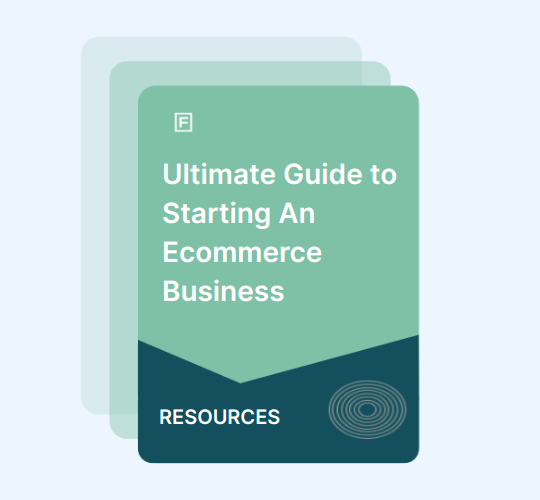
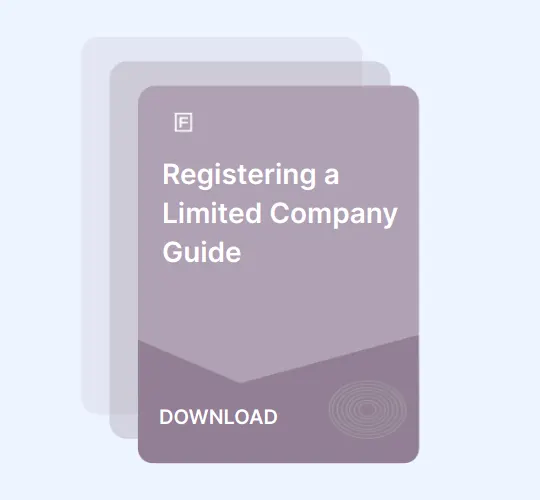
%20(1).webp)





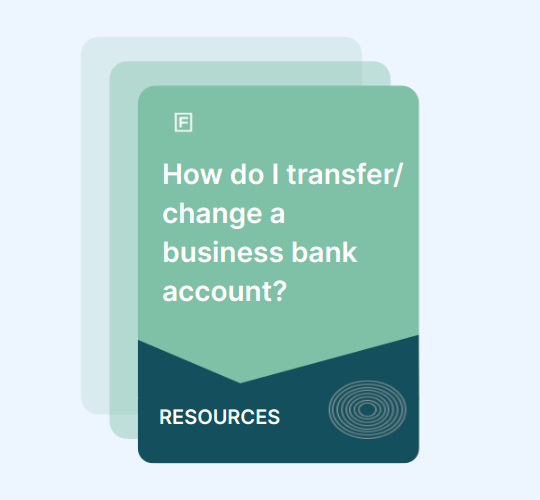
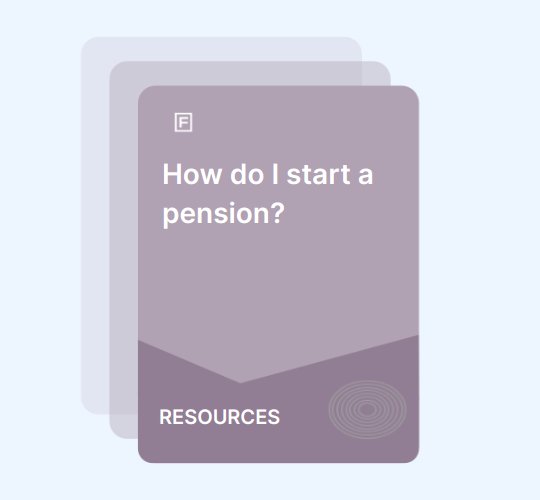






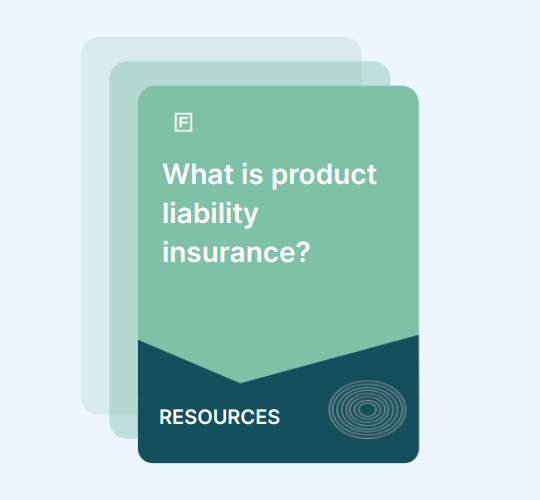



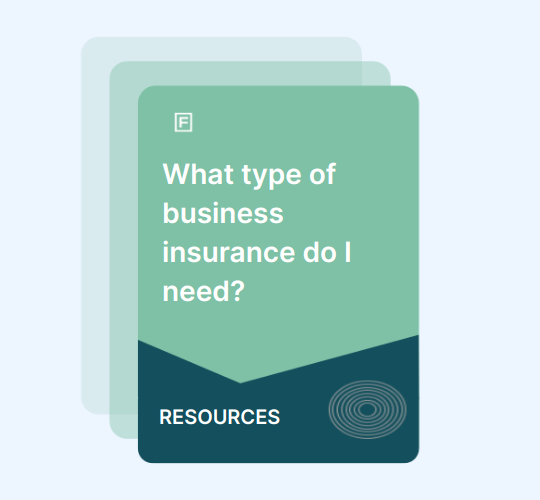





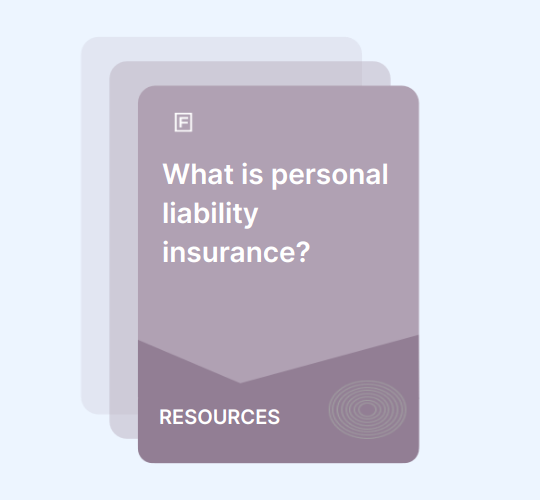






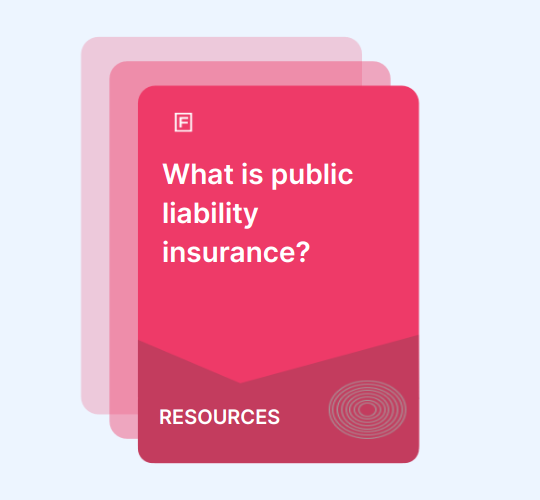

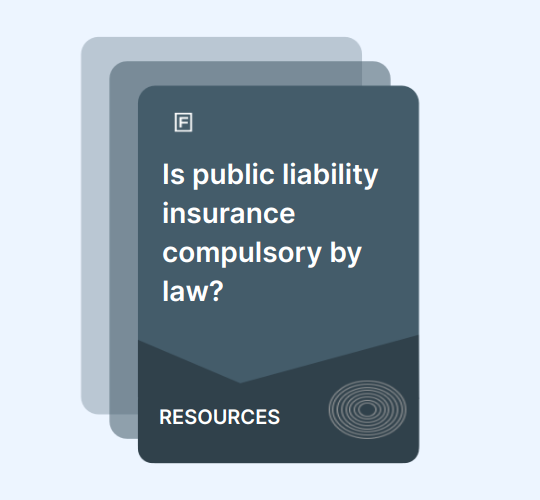
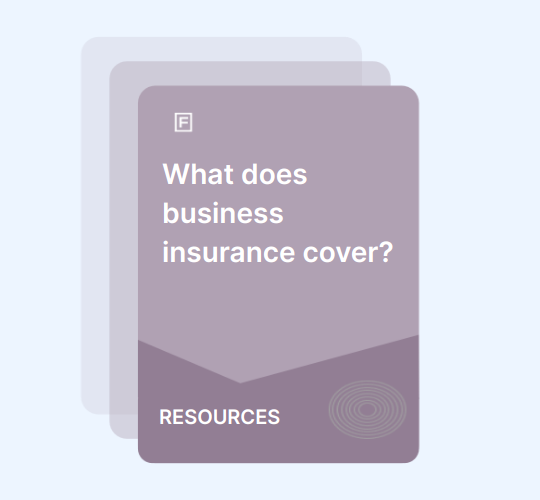





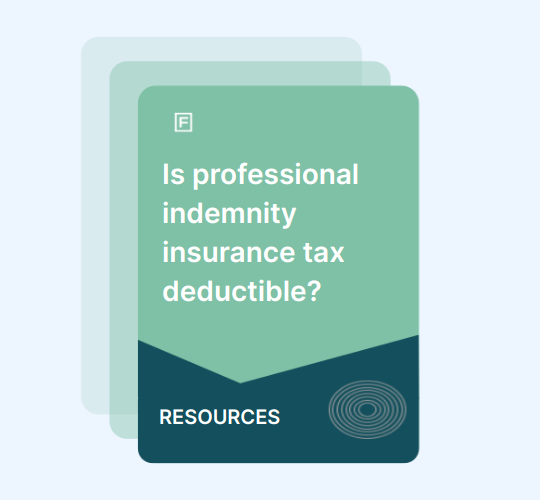





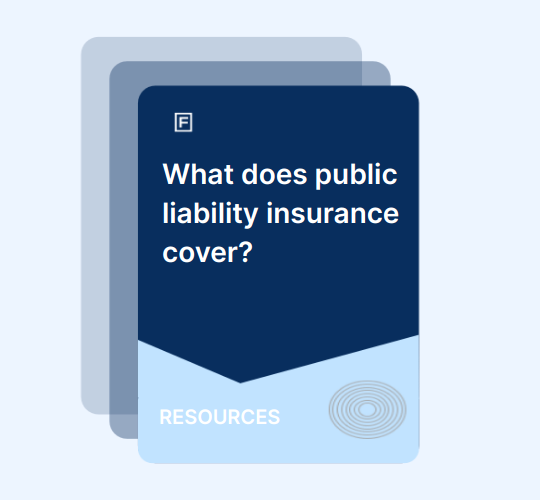








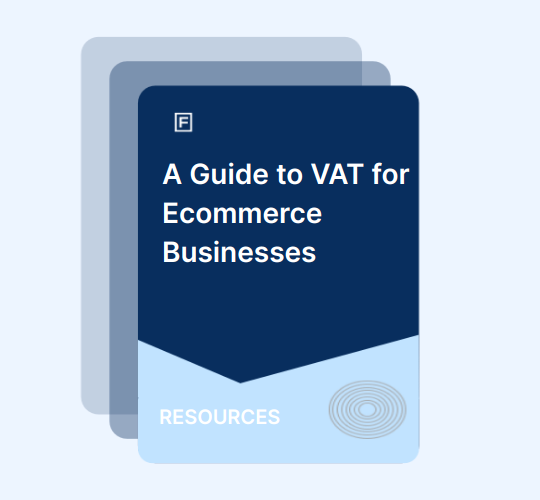



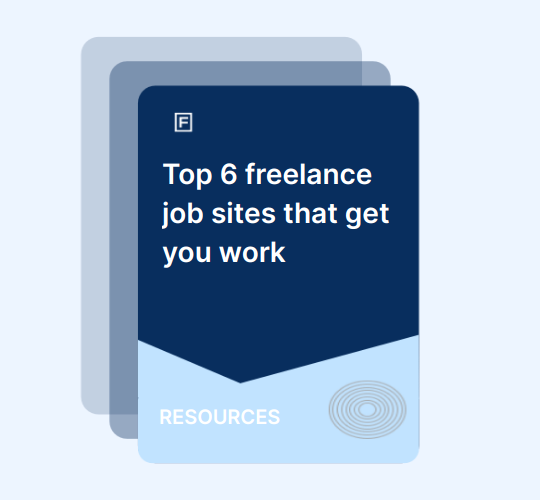












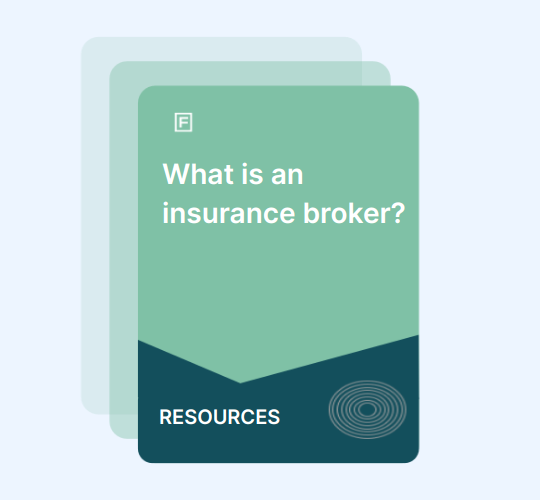


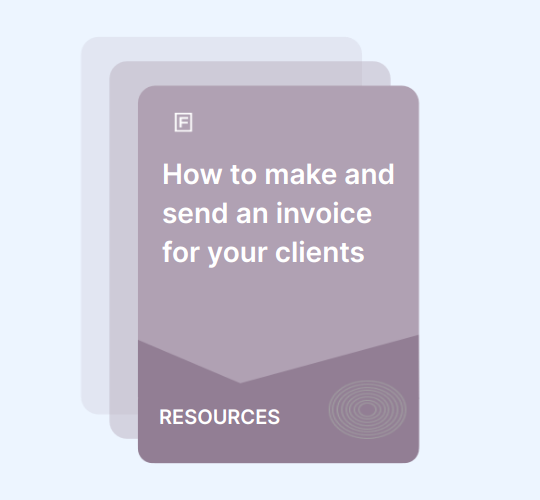

.webp)